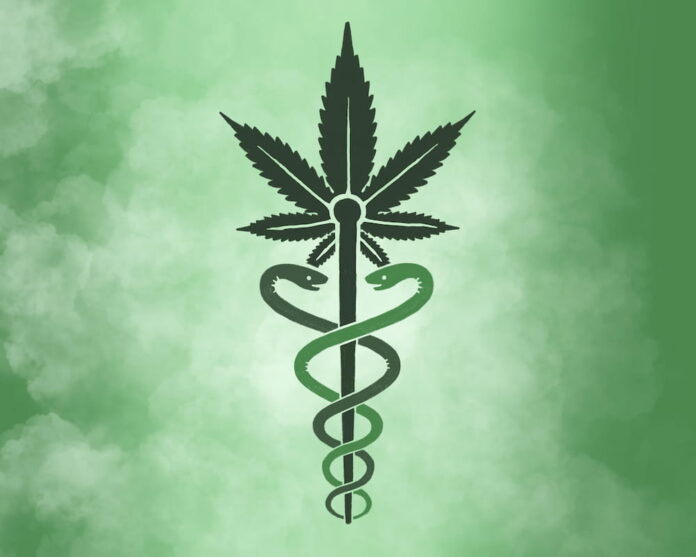There are several forms of medical marijuana, including extracts, pills, and edibles. Some types are ingested, such as oils and tinctures, while others are applied topically. A variety of methods are available, ranging in the rate of effect from one to two hours. Inhalation is another popular method for cannabis treatment.
The oil is diluted with a carrier oil and placed under the tongue for about a minute, or a spray is used and placed under the tongue. The spray is absorbed into the bloodstream.
What Is Medical Marijuana?
Medical marijuana is a plant-based medicine. It is derived from two types of plants, Cannabis sativa and Cannabis indica.
The active compounds found in cannabis are called tetrahydrocannabinol or THC. Among other benefits, these compounds are believed to help reduce pain and muscle spasm.
Other potential uses include improving immune function, vascular health, and digestive function. Studies have also shown that endocannabinoids can benefit neuroprotection and the psychiatric effects of certain drugs. Visit Homegrown Cannabis Co. to learn more.
Medical Marijuana Legalization
Many states have medical marijuana laws in place, but there are still many unknowns about the long-term health effects of the drug.
There is no FDA-approved dosage, so the frequency and amount of use will depend on the individual. Moreover, not all types of marijuana are legal for medicinal use.
In addition to regulating marijuana’s use, some states have passed legislation allowing its recreational use. Some of these are;
- Arizona
- California
- Illinois
- Oregon
- Vermont
- New Jersey
- South Dakota
All of which have approved their own versions of the Right to Try Act.
In the United States, there are 36 states and two territories that allow medical cannabis. Mississippi, for example, passed a ballot initiative in November 2020 but overturned it in May 2021.
In addition to medical cannabis, 18 states have passed legislation regulating the use of cannabis for nonmedical purposes.
The ballot initiatives in Arizona, South Dakota, and Montana were approved in November 2021.
These laws are in line with international laws, and allow the use of medical cannabis for those with certain conditions.
Medical Vs Recreational Marijuana
The American Medical Association has not taken a position on the legalization of medical marijuana. However, the American College of Physicians has called for a review of the drug’s Schedule I classification.
This is in order to enable researchers to study its effects on a variety of medical conditions.
The American Heart Association supports rescheduling as a means to facilitate research.
As of this writing, the FDA has not yet approved the use of marijuana for recreational purposes.
Despite being illegal, medical marijuana can be obtained legally in some states. The U.S. Food and Drug Administration has not approved cannabis as a medicine, but it has approved several of its constituent compounds, including cannabidiol and dronabinol.
The FDA has also endorsed the use of cannabis for various health conditions, including nausea caused by chemotherapy and anorexia associated with weight loss in people with AIDS.
It is not possible to get a medical marijuana card in the United States if you do not live in the state.
There Are Many Ways To Obtain Medical Cannabis
In some states, a physician’s recommendation is required. A patient can receive an ivy-rose or a strain of hemp, while the patient can cultivate their own plants.
The dispensary must be certified by a licensed physician and the patient must register with the Minnesota Department of Health.
These forms of cannabis can be purchased by adults 21 years old and over. Those who have a prescription may purchase them at a retail dispensary.
In addition to being legally prescribed by a doctor, medical cannabis is also obtainable in various forms.
In addition to pills and tinctures, it is also available in the form of a dermal patch. In some countries, synthetic cannabinoids are available by prescription, and some countries have laws that allow medical marijuana use for certain conditions.
In other countries, whole-plant cannabis is used for medicinal purposes, and some countries have passed laws that permit it.
Side Notes
Some states have legalized medical marijuana, but have not yet approved the use of marijuana for recreational purposes.
There are several reasons for this. For one thing, it is illegal to use the drug without a doctor’s prescription. However, it may be a legal alternative for those who want to avoid the stigma associated with it. You can also obtain it for nonmedical use by growing it yourself. In most cases, it will be easier for you to get it legally, but the government should still regulate the products.

